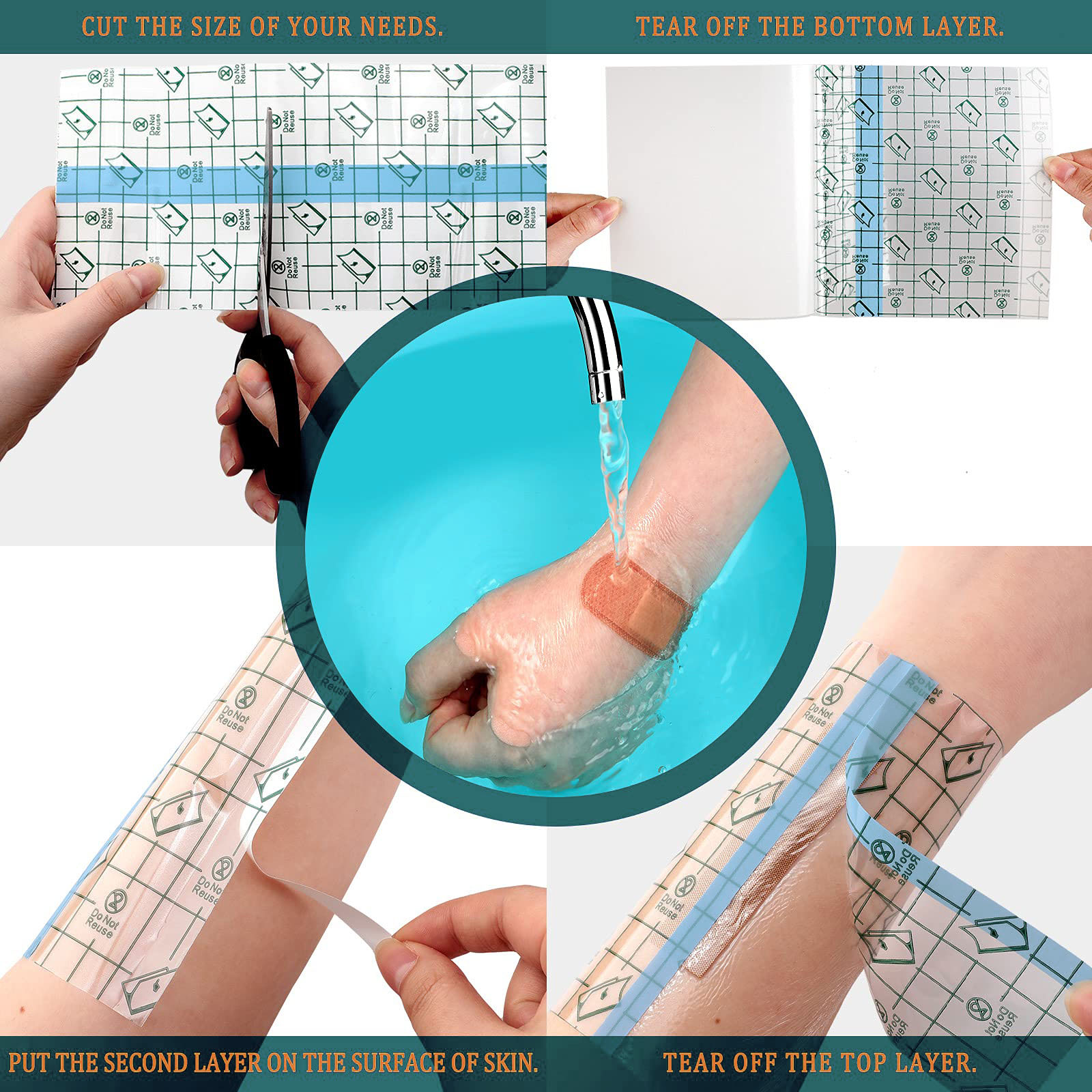Wound dressings are a central component of pressure ulcer care. The choice of dressing must be based on the condition of the wound bed, the condition of the skin surrounding the wound, and the goals of the pressure ulcer patient. Generally, when the wound bed is clean and in the granulation tissue growth phase, maintaining the wound bed moist is best to promote wound healing or closure. There are many moisturizing dressings to choose from. However, the type and choice of dressing may change over time as the pressure ulcer heals or worsens. For a more complete description of the various dressing types, as well as clinical indications and contraindications for their use, please refer to the Clinical Practice Guidelines.
General advice
1. Assess the pressure ulcer at each dressing change to ensure that the current dressing is appropriate. (Strength of Evidence = C)
2. The manufacturer’s recommendations should be followed, especially the frequency of dressing changes. (Strength of Evidence = C)
3. The care plan should suggest general dressing application times and should include backup options for dressing changes when necessary, such as when the dressing becomes soiled and loosened (for family members, patients, and medical staff). (Strength of Evidence = C)
4. Choose a dressing that keeps the wound bed moist. (Strength of Evidence = C)
5. Choose a dressing that stays in contact with the bottom of the wound bed or isolates the skin to keep the area around the wound dry and prevent maceration. (Strength of Evidence = C)
hydrocolloid dressing
1. For patients with clean stage II pressure ulcers, hydrocolloid dressings may be used on certain body areas that do not cause the dressing to curl and melt. (Strength of Evidence = B)
2. In patients with uninfected, superficial stage III pressure ulcers, hydrocolloid dressings may be considered. (Strength of Evidence = B)
3. If stool seeps under the dressing, the hydrocolloid dressing should be changed. (Strength of Evidence = C)
4. For deep ulcers, consider using a filler dressing under a hydrocolloid dressing to fill the dead space in the wound. (Strength of Evidence = B)
5. Consider using hydrocolloid dressings to protect certain parts of the body that are at risk of chafing or taping. (Strength of Evidence = C)
6. Carefully remove the hydrocolloid dressing on vulnerable areas of the skin to reduce damage to the skin. (Strength of Evidence = B)
Post time: May-22-2022





